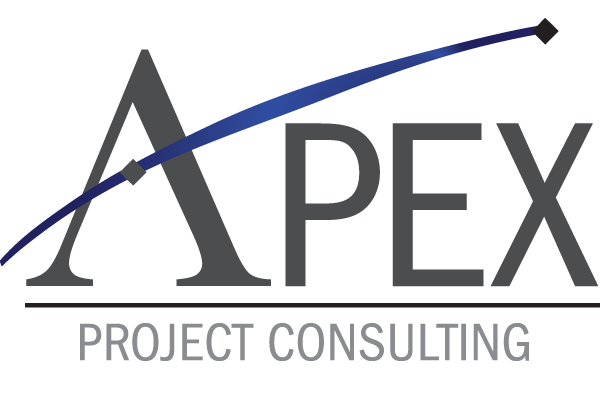You Should Negotiate Your Own Lease
You should negotiate your own lease. After all, what could possibly go wrong?
Operating expenses, subordination, rent increases, building repairs, force majeure, and property taxes are all problems for pikers. Not you. You’re the master of market trends. A titan of triple net. The commander of CAM charges. You’ve got significant C-level spending authority, and you’re not afraid to use it.
On the other hand, maybe you should be. Consider the car salesman.
The average person probably buys a new car every five years. Unless they buy it from a private party, they are self-aware enough to know the car salesman has the negotiation-knowledge upper hand. While you may buy a car every 60 months, a steadily employed salesperson may sell 16 cars a month. They know more than you. And you know it.
A botched car purchase could set you back a few thousand dollars. What about the cost of a bungled commercial lease? Let’s test drive some hypothetical numbers to make the math easy. Assume that market-rate rent is two dollars a square foot. Your space is 10,000 SF. The term is five years. Setting aside rent escalations, that’s almost a quarter million dollars a year, right? Or in excess of 1.2 million over the length of the lease.
A few hundred thousand here, a few hundred thousand there, pretty soon we’re talking about real money.
Surprisingly, some C-level folks are more cavalier about a multimillion dollar transaction than a new car purchase.
The truth is that a client without a broker representing them is going to get slaughtered in the market. A real estate transaction (lease or purchase) is likely one of the most complex and costly commitments (aside from marriage) on the planet.
It’s no different than the fool that acts as their own attorney.
Then why do tenants go unrepresented? Maybe it’s because money doesn’t matter. Possibly it’s the arrogance of ignorance. Or someone is looking for a little extracurricular OJT on the company’s nickel. The point is this, ignoring what-you-don’t-know-you-don’t-know, will cost you.
for a little extracurricular OJT on the company’s nickel. The point is this, ignoring what-you-don’t-know-you-don’t-know, will cost you.
If this is true, then why would a tenant hire architects, engineers and contractors without similarly sophisticated representation? They shouldn’t. The average tenant won’t expand or relocate but once in the career of the average employee. This lack of institutionalized knowledge and experience makes tenants as vulnerable as a naïve first-time car buyer.
The average tenant can never rival the negotiating and purchasing savvy of their vendors. Thus, the same logic applies to the design, engineering and construction of major tenant improvements as it does the car buyer. Architects, engineers, contractors all negotiate their services several times a month. These contracts are regularly six figure commitments. Some tenant improvement contracts can easily be in the millions.
The result? Advantage: architects, engineers and contractors. So what do you do?
Just like I recommend that every tenant be represented by a great broker, anyone seeking to improve their property should get sophisticated help; and not just anyone with “project manager” in their title.
Get an executive project management firm that creates a ROI. Demand that they demonstrate how they can stop change orders. Require that they prove they can prevent risks of delays and defects. Or resign yourself to just plain getting taken.
Apex Project Consulting, Inc. can provide several tips – for free – that will save your firm enormous amounts of capital and grief. But you need to get started now. Not after the lease is signed.
Mr. Conzelman is a licensed electrical contractor and general contractor, LEED® AP, CCM, and a California RE Broker License 01128636. Mr. Conzelman graduated from Western State University, College of Law and has taught Contracts-for-Contractors. Tom Conzelman is the author of “Protect Your Project”, the innovator behind the No Change Order Guarantee™ and the creator of the revolutionary Negatively Inferred Scope™ procurement process; Stopping Specification-Driven Change Orders and Rework.




